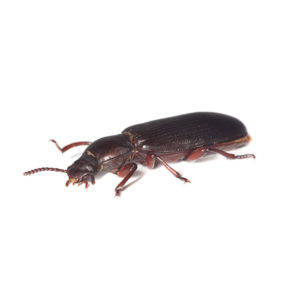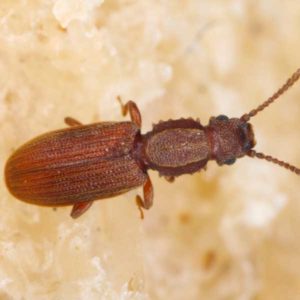Indian Meal Moths in North Jersey
The globally recognized pest known as the Indian meal moth earned its name due to its affinity for feeding on meal derived from Indian corn or maize. One distinguishing feature is its wing pattern, characterized by a copper or bronze color adorning the rear half of its wings. Indian meal moths are versatile eaters, consuming a wide range of grain and grain products, dried fruits, seeds, graham crackers, nuts, powdered milk chocolate, and candies. While they can infest nearly any food source, infestations commonly originate from dried pet food or birdseed in residential settings.
Indian Meal Moth Habitat
Thanks to their habit of infesting households, grocery stores, and facilities involved in the production or storage of dried pet foods, Indian meal moths hold the title of being the most common pantry pest in North Jersey. While the adult moths themselves do not partake in food consumption, their larvae are relentless feeders, causing damage to grain products and leaving behind extensive amounts of silky webbing as they devour their sustenance. This particular moth exhibits a preference for coarser grades of flour, making it a prevalent insect within packages containing whole wheat, graham flour, and cornmeal. In addition, nuts provide a fertile breeding ground for these pests, especially in the nut caches of squirrels residing in attics and chimneys.
Indian Meal Moth Behaviors, Threats, or Dangers
While Indian meal moths do not bite or pose significant health risks, they can become a nuisance within households due to their inclination to infest grains and stored pantry items. The real trouble arises from their larvae, which can cause extensive damage by contaminating food and leaving behind delicate, silk-like webs on various food products. Surprisingly, the waste resulting from this contamination often exceeds the amount of food consumed. Detecting an infestation is often signaled by the presence of flying adults, which are attracted to light and may unintentionally migrate to other areas of the house, leading to misidentification as clothing pests.
If you find yourself dealing with an infestation of Indian meal moths in your North Jersey home, it is crucial to locate and discard all infested materials promptly. For expert assistance or advice specifically tailored to handling Indian meal moths, consider reaching out to your local pantry pest control professionals!





